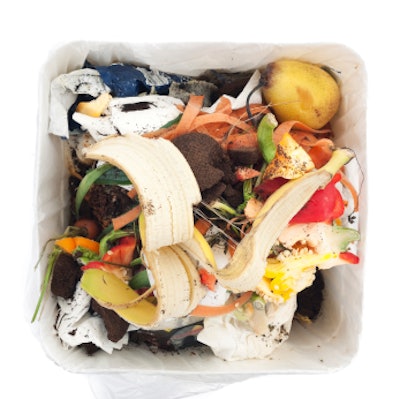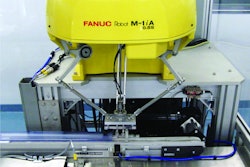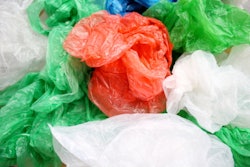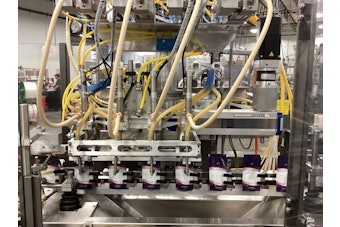
Packaging has a vital role to play within the supply chain in minimizing food waste. That’s according to a new study conducted by RMIT University’s Centre for Design and commissioned by CHEP Australia that study shows where—and why—food waste occurs along both the fresh and manufactured food supply chain. The study also proposes opportunities for industry to reduce food waste in the supply chain through innovative and sustainable primary, secondary, and tertiary packaging.
RMIT Senior Research Fellow Dr Karli Verghese led the research study, titled “The role of packaging in minimising food waste in the supply chain of the future,” which addresses a knowledge gap identified by the Australian Food and Grocery Council’s Future of Packaging white paper (RMIT University, April 2012) regarding understanding food waste to inform product and packaging design, and focuses on the commercial and industrial food supply chain.
Says Dr Verghese, “Food security is an emerging challenge for both policy makers and companies in the fresh and manufactured food supply chains, however, no significant research had previously been conducted into the role that packaging plays in minimizing food waste in the supply chain in Australia.
“Packaging actually plays a critical role in protecting fresh produce and processed food in transit, in storage, at point of sale, and prior to consumption. In doing so, it helps deliver a wide range of functions while reducing food waste.”
While households are the largest generator of food waste to landfill (2.7 million tonnes each year), the report shows that in the commercial and industrial sector, the largest generators are food services (661,000 tonnes), followed by food manufacturing (312,000 tonnes), retailing (179,000 tonnes), and wholesale distribution (83,000 tonnes). However, food waste recovery rates are extremely high in the manufacturing sector, with 90% of waste repurposed.


























